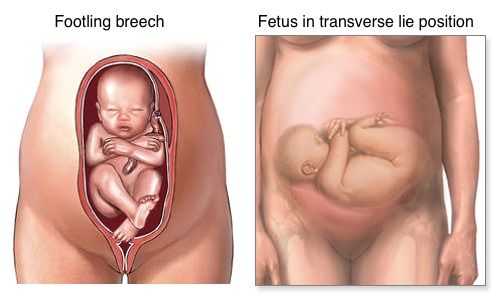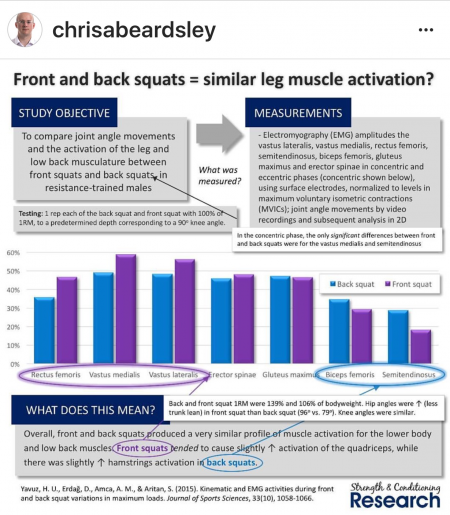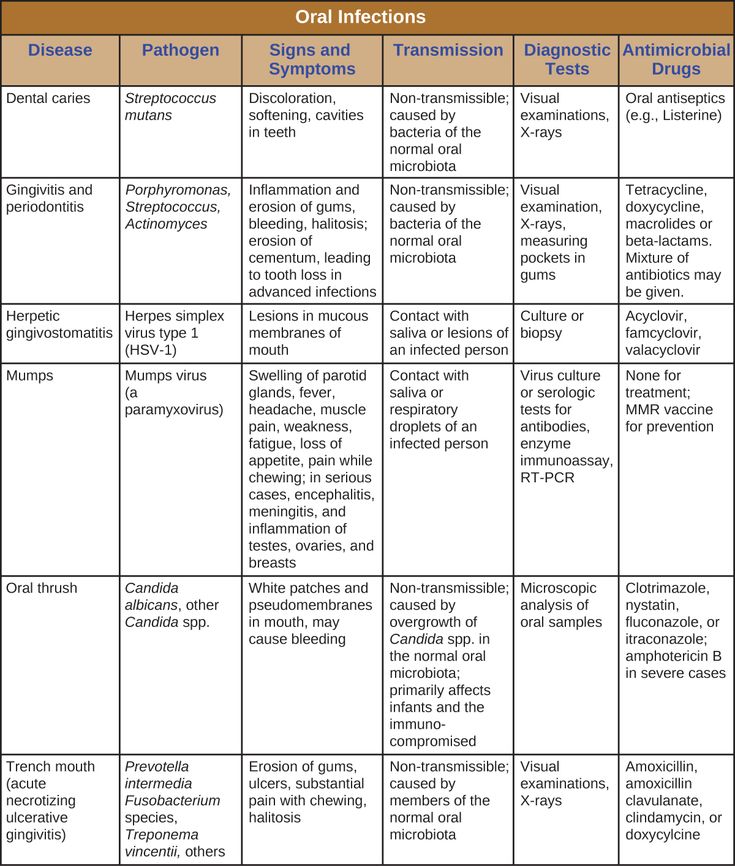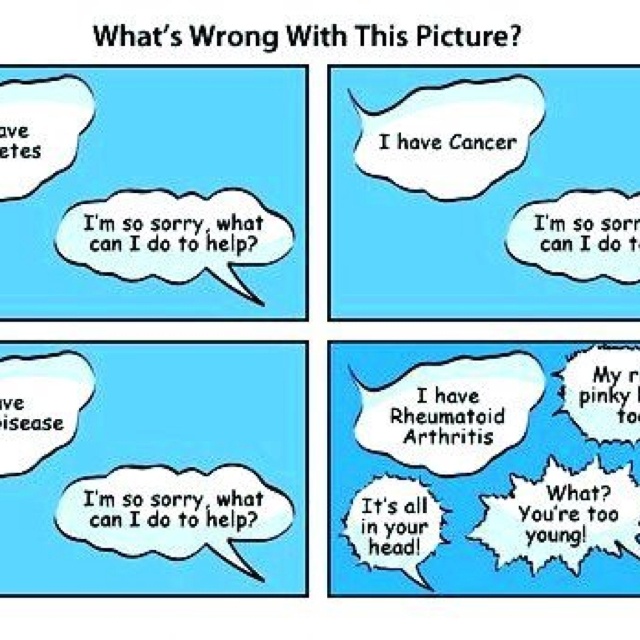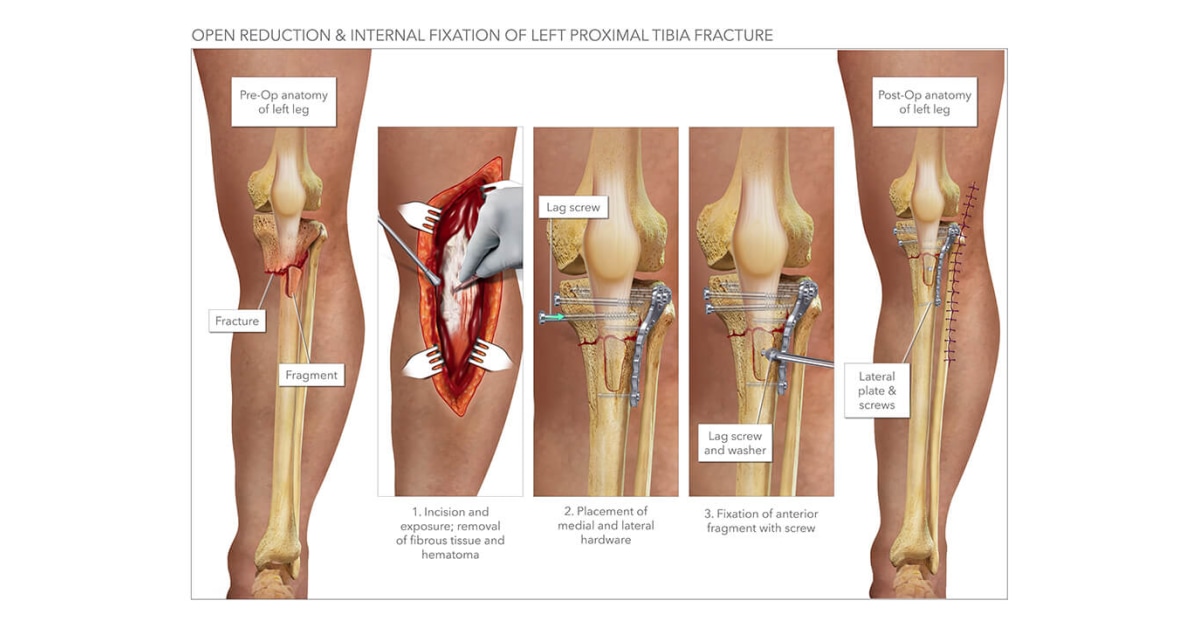When are you most fertile after period
Right Time For Sex , When Do You Ovulate ?
When are you more likely to conceive?
We’re talking about the 'fertile window’ – the days in a woman’s menstrual cycle when pregnancy is possible. The ‘fertile window’ depends on the length of the menstrual cycle, which varies among women.
The ‘fertile window’ is the day an egg is released from the ovary (ovulation) and the five days beforehand. Having sex (intercourse) during this time gives you the best chance of getting pregnant.
Ovulation Calculator
What day did you your most recent period start?
Number of days in your cycle Please select20 Days21 Days22 Days23 Days24 Days25 Days26 Days27 Days28 Days29 Days30 Days31 Days32 Days33 Days34 Days35 Days36 Days37 Days38 Days39 Days40 Days41 Days42 Days43 Days44 Days45 Days
Your ovulation day
Most fertile time
-
What is an ovulation calculator and how does it help you get pregnant?
This ovulation calculator or ovulation calendar can help you work out your most fertile time.
These are the days you are most likely to get pregnant.
It can also estimate your due date if you do become pregnant during your next fertile days.
Others ways to help you work out when you're ovulating:
- Notice changes in vaginal mucus
A few days before ovulation, you may notice your vaginal mucus becomes clear, slick and slippery, and feels a bit like egg white.
This is a sign that ovulation is about to happen. It’s the best time to have sex, as sperm travel more easily in this kind of mucus.
- Use an ovulation predictor kit
You can use a predictor kit from a supermarket or pharmacy, to test your urine for signs of ovulation. If you start testing your urine a few days before the day you next expect to ovulate, a positive result means you are going to ovulate within the next 24 to 36 hours (one to two days).

-
Facts about timing
Ovulation is when a mature egg is released from the ovary. The egg then moves down the fallopian tube where it can be fertilised. If sperm are in the fallopian tube when the egg is released, there is a good chance that the egg will be fertilised, creating an embryo, which can grow into a baby.
Pregnancy is technically only possible if you have sex during the five days before ovulation or on the day of ovulation. But the most fertile days are the three days leading up to and including ovulation. Having sex during this time gives you the best chance of getting pregnant.
By 12-24 hours after ovulation, a woman is no longer able to get pregnant during that menstrual cycle because the egg is no longer in the fallopian tube.
There’s almost no chance of getting pregnant if you have sex before or after the fertile window (but if you’re not trying to get pregnant, don’t rely on this – contraception is your best option!).

-
How to know when you’re ovulating
Knowing when you ovulate can help you plan for sex at the right time and improve your chance of getting pregnant. You can keep track of your menstrual cycles on a chart, in a diary, or on a free period-tracker app on your smartphone.
To work out the length of your menstrual cycle, record the first day you start bleeding (first day of your period). This is day 1. The last day of your cycle is the day before your next period begins.
- What is a ‘menstrual cycle’ and a ‘period’?
Some people think the ‘menstrual cycle’ and a ‘period’ are the same thing.
A period is when you bleed (or menstruate).
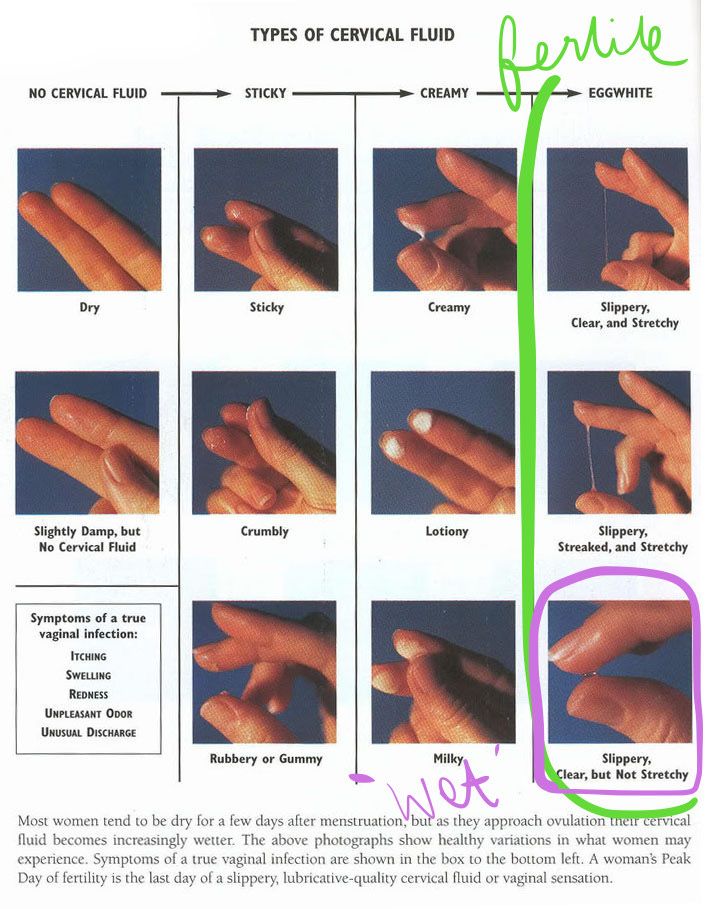
A menstrual cycle starts on the day when a period starts (day 1) and ends the day before the next period. A cycle’s length is considered normal if it’s between 21 and 35 days. They can vary between women and from one cycle to the next.
- Working out your ‘average’ menstrual cycle length
If your menstrual cycles are different lengths (most women’s cycles are) you can work out your average cycle length.
The number of days in a woman’s menstrual cycle can vary month to month. Periods are not always regular. It can be useful to work out an ‘average’ cycle length, based on the length of three menstrual cycles, to estimate when you’re most likely to be ovulating.
If you add the number of days in three cycles and divide the total number by three, it gives you your average cycle length.
Example
Sarah tracked her last three menstrual cycles by counting the time from the first day of one period, to the day before the next period.
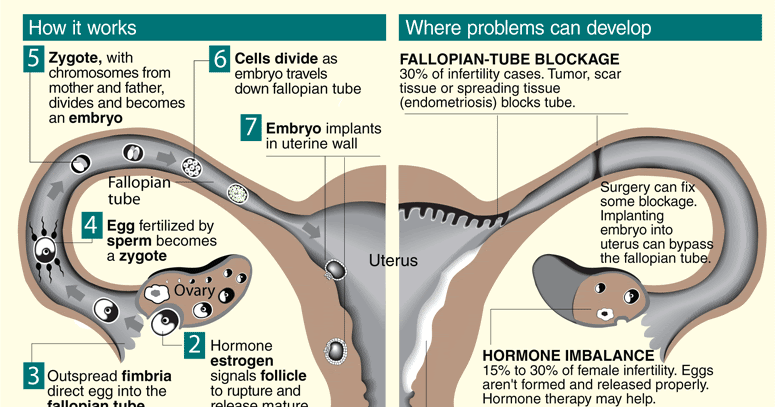
Cycle 1 was 28 days; Cycle 2 was 32 days; Cycle 3 was 27 days
28 + 32 + 27 = 87
87 divided by 3 = 29
So the average length of Sarah’s menstrual cycles is 29 days.
- Working out your most fertile days
When you know your average menstrual cycle length, you can work out when you ovulate.
Ovulation happens about 14 days before your period starts.
- If your average menstrual cycle is 28 days, you ovulate around day 14, and your most fertile days are days 12, 13 and 14.
- If your average menstrual cycle is 35 days ovulation happens around day 21 and your most fertile days are days 19,20 and 21.
- If you have shorter cycles, say 21 days, ovulation happens around day 7 and your most fertile days are days 5, 6 and 7.
Your most fertile days are the three days leading up to and including the day of ovulation.

Some women have very irregular cycles or find it difficult to work out an average cycle length. This can make it hard to work out when ovulation happens. If it’s all too hard, having sex every 2-3 days covers all bases and improves your chance of getting pregnant.
Myth busting
- MYTH
A woman can get pregnant any time of the month.
- FACT
A woman can only get pregnant on a few days during her menstrual cycle.
Why?
Because eggs and sperm only live for a short time:
- Sperm live for around five days.
- Eggs can only be fertilised for around 24 hours (one day) after being released from the ovary.
Eggs and sperm need to come together at the right time for fertilisation to happen to create an embryo.
Getting the timing right
If you're trying to get pregnant, timing is everything. Dr Karin Hammarberg explains how to work out when you are ovulating and the right time to have sex to improve your chance of pregnancy.![]()
-
What are the chances?
Having sex as close as possible to the time of ovulation increases the chance of pregnancy.
If a woman has sex six or more days before she ovulates, the chance she will get pregnant is virtually zero.
If she has sex five days before she ovulates, her probability of pregnancy is about 10 percent.
If she has sex on the day of ovulation, or the two days before, the chance of getting pregnant is around 30 percent.
These are average figures and depend on a woman’s age.
When does preconception health begin?
Professor Sarah Robertson, Director of Robinson Research Institute, University of Adelaide, highlights the key time before pregnancy that your health is most important to ensure your child has the best start to life.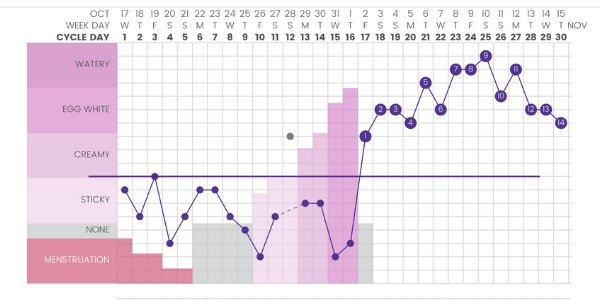
How to know you are ovulating
Kerry Hampton, a registered nurse and fertility specialist, discusses the importance of fertility awareness, and how to determine your fertile window to improve your chances of conceiving.
- References
- American Society for Reproductive Medicine, Optimizing natural fertility, https://www.reproductivefacts.org/news-and-publications/patient-fact-sheets-and-booklets/documents/fact-sheets-and-info-booklets/optimizing-natural-fertility/
- Berglund Scherwitzl, et al. (2015). Identification and prediction of the fertile window using Natural Cycles. The European Journal of Contraception and Reproductive Health Care, 20(5), 403-408. doi:10.3109/13625187.2014.988210
- Ecochard, R., et al. (2015). Self-identification of the clinical fertile window and the ovulation period.
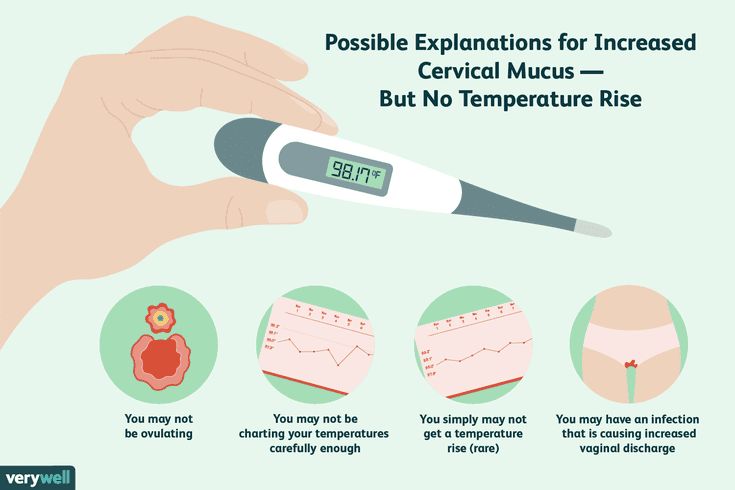 Fertility and Sterility, 103(5), 1319-1325.e1313. doi: http://dx.doi.org/10.1016/j.fertnstert.2015.01.031
Fertility and Sterility, 103(5), 1319-1325.e1313. doi: http://dx.doi.org/10.1016/j.fertnstert.2015.01.031 - Pfeifer, S., et al. (2017). Optimizing natural fertility: a committee opinion. Fertility and Sterility, 107(1), 52-58. doi: 10.1016/j.fertnstert.2016.09.029
- Stanford, J. B. (2015). Revisiting the fertile window. Fertility and Sterility, 103(5), 1152-1153. doi: http://dx.doi.org/10.1016/j.fertnstert.2015.02.015
- Stanford, et al. (2002). Timing intercourse to achieve pregnancy: current evidence. Obstetrics and Gynecology, 100(6), 1333-1341.
- Stephenson, J., et al. (2018). Before the beginning: nutrition and lifestyle in the preconception period and its importance for future health. The Lancet, 10.1016/S0140-6736(18)30311-8 doi: 10.1016/S0140-6736(18)30311-8
- Vélez, M. Pet al. (2015). Female exposure to phenols and phthalates and time to pregnancy: the Maternal-Infant Research on Environmental Chemicals (MIREC) Study. Fertility and Sterility.
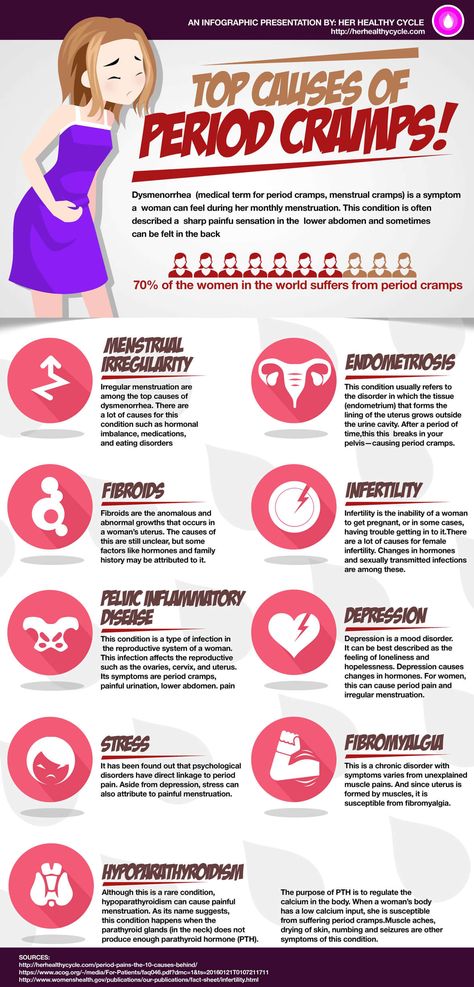 doi: 10.1016/j.fertnstert.2015.01.005
doi: 10.1016/j.fertnstert.2015.01.005 - Verón, G. L., et al. (2018). Impact of age, clinical conditions, and lifestyle on routine semen parameters and sperm kinematics. Fertility and Sterility, 110(1), 68-75.e64. https://doi.org/10.1016/j.fertnstert.2018.03.016
- Waylen, A. Let al. (2009). Effects of cigarette smoking upon clinical outcomes of assisted reproduction: a meta-analysis. Hum Reprod Update, 15(1), 31-44.
- Zenzes, M. T. (2000). Smoking and reproduction: gene damage to human gametes and embryos. Hum Reprod Update, 6(2), 122-131.
Page created on: 28/08/2018 | Last updated: 18/12/2022
How to increase your chance of getting pregnant
If you want a baby, here are five tips to increase your chance of getting pregnant.
- Know when you ovulate
Pregnancy is only possible if you have sex during the five days before ovulation or on the day of ovulation.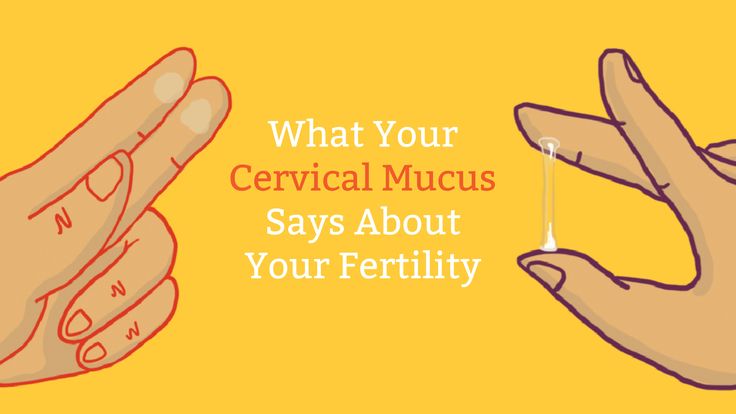 This is called the fertile window. Having sex during the fertile window, especially the three days leading up to and including ovulation, gives you the best chance of getting pregnant.
This is called the fertile window. Having sex during the fertile window, especially the three days leading up to and including ovulation, gives you the best chance of getting pregnant.
So how do you know when you’re ovulating? It depends on the length of your menstrual cycle. It happens about 14 days before your period starts so if your average cycle is 28 days, day one is the first day of your period and you ovulate around day 14. This means your most fertile days for sex are days 12, 13 and 14.
If your average menstrual cycle is 35 days, ovulation happens around day 21 and your most fertile days for sex are days 19, 20 and 21.
If you have a shorter cycle, say 21 days, ovulation happens around day seven and your most fertile days are days five, six and seven.
Use this ovulation calculator to help you pinpoint your fertile window.
If you have an irregular cycle and can’t work out when you ovulate, having sex every two to three days should improve your chance of getting pregnant.
- See your GP for a preconception health check
See your GP for a preconception check-up to make sure you are as healthy as possible before trying for a baby. Your GP can also check your vaccinations are up to date so you have immunity against infections that could harm a baby. Complete our preconception health checklist and take it to your appointment.
- Eat well and exercise
For women and men, working towards a healthy weight increases the chance of pregnancy. Being in good shape will not only boost your fertility and your general health, it will also give your baby the best start in life.
Carrying extra weight can cause problems with hormone levels, which can affect the menstrual cycle, and the quality of a woman’s eggs and a man’s sperm. The good news is that making some changes, like eating healthy food and being physically active, can put you on a pathway to a healthier weight. It can be hard but losing even a few kilos can make a big difference.
It can be hard but losing even a few kilos can make a big difference.
- Look after your health
For both women and men, the lead up to pregnancy is just as important as being healthy during pregnancy. You can do this by:
• taking the right dose of folic acid and iodine (for women)
• not smoking
• cutting out alcohol and recreational drugs
• discussing the safety of any medication or complimentary therapies you are taking with your doctor
• limiting your caffeine intake
• avoiding some chemicals commonly found in the home or workplace
• making sure your vaccinations, especially German Measles (Rubella), are up to date.
- Get help if you have trouble getting pregnant
About one in six couples experience fertility problems, so if you’re aged under 35 and haven’t conceived after a year, talk to your GP about it. If you’re 35 or older, visit your GP after six months of trying without success.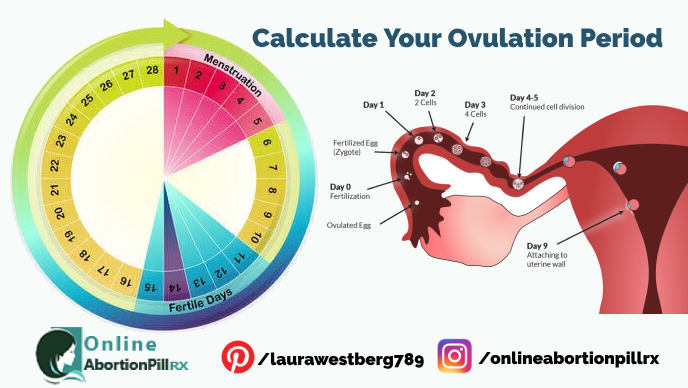
Some medical conditions can affect your chance of getting pregnant including:
• polycystic ovary syndrome (PCOS)
• endometriosis
• diabetes
• cancer treatment.
If either partner has a medical condition, talk to your doctor to make sure it’s under control before trying for a baby.
Periods after periods: causes of intermenstrual bleeding
Menstruation is vaginal bleeding that occurs at the end of the menstrual cycle. Every month, a woman's body prepares for a potential pregnancy. The uterine lining (epithelium) thickens and the ovaries release an egg that can be fertilized by sperm.
If the egg is not fertilized, it means that the pregnancy has not occurred. In this case, the body sheds the thickened uterine epithelium. This causes bleeding, which is called menstruation or menstruation. nine0003
Most women have their first period between the ages of 11 and 14 and continue regularly throughout their reproductive years, up to menopause, which on average occurs around age 50.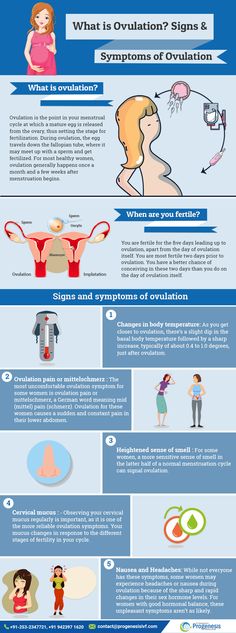
The average menstrual cycle is about 28 days. This means that between the first day of menstruation and the first day of the next, about 28 days pass.
However, not all women have a cycle of exactly that many days, it can be from 21 to 35 days and can vary from month to month. The difference up to a week in the length of the cycle in the vast majority of cases is not a sign of pathological processes in the body and is considered a kind of norm. nine0003
The duration of menstruation is also different for different women and can vary from month to month. Usually it is 2-7 days. Most often, in the first days of the cycle, bleeding is stronger and weakens over time, ending with spotting.
Intermenstrual bleeding
Intermenstrual bleeding is any vaginal bleeding that occurs between two periods (after the end of the cycle or before the expected period). nine0003
Usually this bleeding is either scanty dark brown spotting or slightly more profuse red.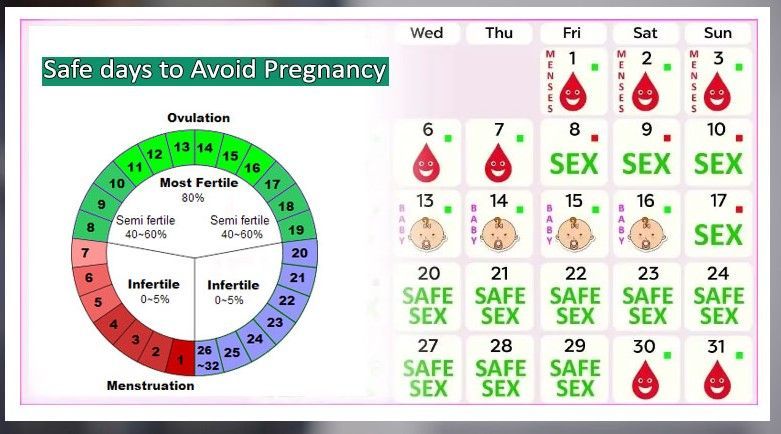
Such bleeding may occur either from the uterus or from the cervix, vagina. Most often, more abundant spotting is associated with the uterus.
It is very important to understand the difference between menstruation and intermenstrual bleeding.
-
Menstruation—heavier bleeding that can soak a pad or tampon completely
-
Intermenstrual vaginal bleeding is scanty, not enough to soak a pad. Such bleeding is usually called spotting.
Of course, this division is rather arbitrary, because for many women in the last days of the cycle, bleeding becomes spotting, so do not worry if such bleeding occurs in the period about a couple of days before or after the start of menstruation - they should be considered part of menstruation . However, such highlights should also be noted. To do this, you can use a regular calendar or our special application. nine0003
Most women experience this type of discharge between periods at least once in their lives.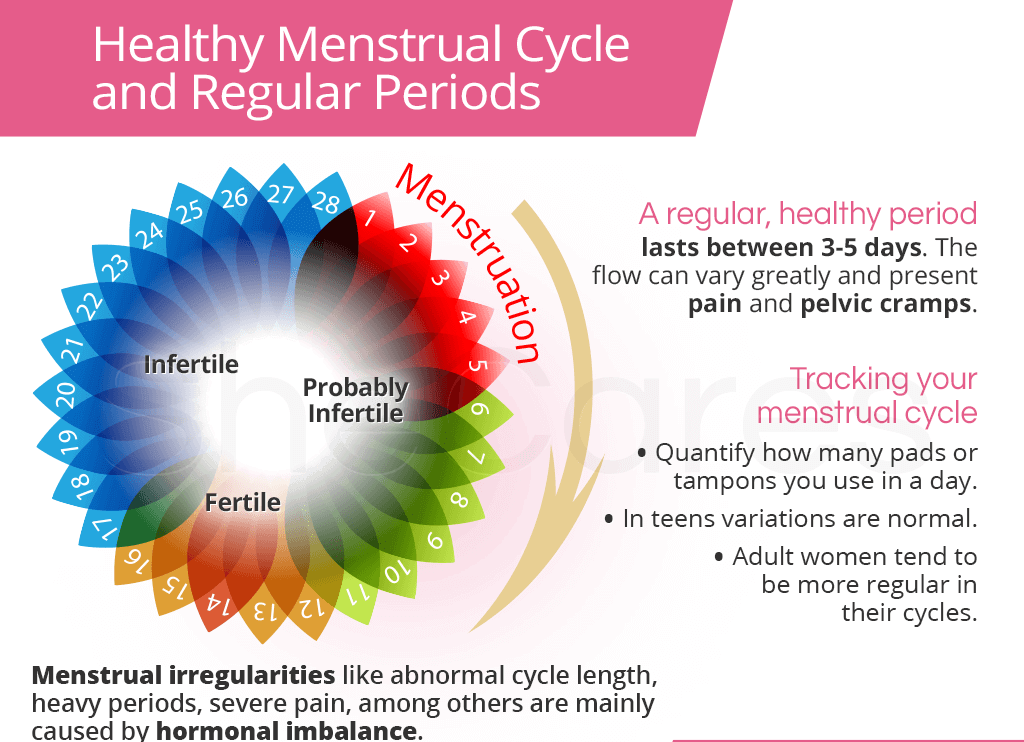
Vaginal bleeding between periods can have many causes, most of which are harmless, but can sometimes be associated with serious problems that require medical attention. If you notice unusual spotting between cycles, it's worth visiting your doctor to determine the cause.
Hormonal changes
The menstrual cycle is regulated by the hormones progesterone and estrogen. A change in their level can cause intermenstrual bleeding. The level of these hormones during the cycle is not constant and can additionally change for a variety of reasons:
- taking hormonal oral contraceptives and emergency contraceptives
- ovarian dysfunction
- thyroid dysfunction
Many women experience minor bleeding during ovulation due to the rupture of the follicle and the release of the egg from the ovary. They are absolutely normal. Ovulation usually occurs around day 14 of the cycle, and bleeding usually does not last longer than a couple of hours. nine0003
nine0003
It is also normal to bleed a little during the first few months of taking oral contraceptives (OCs). Try to take your pills at the same time each day, this can help as even a few hours difference can cause your hormone levels to fluctuate. If such bleeding does not go away after 3 months after the start of the intake, then you should consult a doctor.
Infections
Infections of the reproductive system can cause intervaginal bleeding and inflammation. nine0003
Causes of infection can be:
- vaginal douching
- sexually transmitted infections (STIs), such as chlamydia
- consequences of trauma after penetrative sex
- inflammatory diseases of the pelvic organs
Pregnancy
Approximately 25% of women in the early stages of pregnancy (at 5-8 weeks, that is, after 1-4 weeks of the expected date of the onset of menstruation) have spotting, which does not affect its further development and is normal.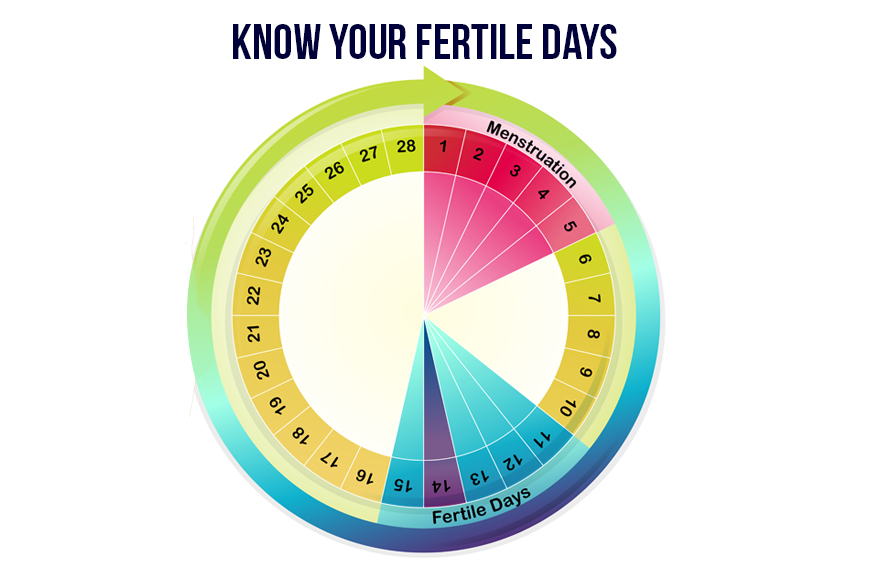 Also, sometimes a little bleeding can occur for 5-7 days after fertilization. Usually such discharge is light brown or pink. nine0003
Also, sometimes a little bleeding can occur for 5-7 days after fertilization. Usually such discharge is light brown or pink. nine0003
But since any bloody discharge during this period can be symptoms of potentially dangerous conditions not only for the fetus, but also for the woman, in this case it is necessary to consult a doctor immediately, and if the bleeding is severe, then call an ambulance.
Such bleeding may also be a sign of an ectopic pregnancy, which can lead to death if left untreated.
Injury or injury
If the tissues of the vagina are damaged or there is a wound on them, this can cause bleeding. Most often, such injuries women receive during penetrative sex. The chances that this can happen are especially high if the vagina is dry, so if you feel uncomfortable during sex, you need to ask your partner to stop and use additional lubricant next time. Vaginal dryness can be caused by a number of reasons: changes in hormone levels, lack of arousal, or even diabetes. nine0003
Other diseases and health conditions
Unfortunately, although in most cases intermenstrual bleeding is not a cause for concern and is associated with quite common causes (eg ovulation), sometimes it can be a symptom of other health conditions that require medical attention. This symptom is typical for: polycystic ovaries, polyps and fibroids, as well as for some types of cancer (cervix and uterus). Please remember that in order to monitor these conditions, it is necessary to take a Pap test at the gynecologist every 3 years. nine0003
It is very important to keep track of the length and characteristics of your cycle, including the spotting that occurs between them. Usually, such discharge between periods is not a cause for concern and does not require medical intervention and immediate medical attention, but if they are repeated for several cycles and are not associated with ovulation, you still need to go to the gynecologist to clarify the reason.
Seek immediate medical attention if:
-You are pregnant or suspect you may be pregnant
- If the bleeding is profuse and accompanied by other symptoms (nausea, dizziness, severe pain) and is not early menstruation
How the menstrual cycle affects a woman's intelligence
- Zaria Gorvette
- BBC Future
Immediately after menstruation, women improve their spatial imagination, and verbal skills reach their peak in the middle of the cycle. Hormones do affect a woman's brain, but this effect may well be positive.
Image credit: Getty Images
This article is part of The Health Gap series about the equality of women and men in health and medicine.
At first there was "hysteria". From the priests of ancient Egypt to the bearded philosophers of classical Greece, physicians have attributed this condition to a wide variety of symptoms from anxiety to erotic fantasies. Only one thing was clear: hysteria is an exclusively female disease. nine0003
Plato believed that hysteria is caused by the uterus, which is sad because she does not bear a child. His contemporaries argued that hysteria occurs when the uterus of a non-pregnant woman wanders around the body, getting stuck in different parts of it.
- Scientists have found out the cause of the syndrome that causes infertility
- Vacation for women during menstruation: what confuses you?
- Raped and without periods: how women live in the DPRK army
This last idea persisted until the 19th century, when they began to treat the disorder, bringing women to orgasm with the first mechanical vibrators.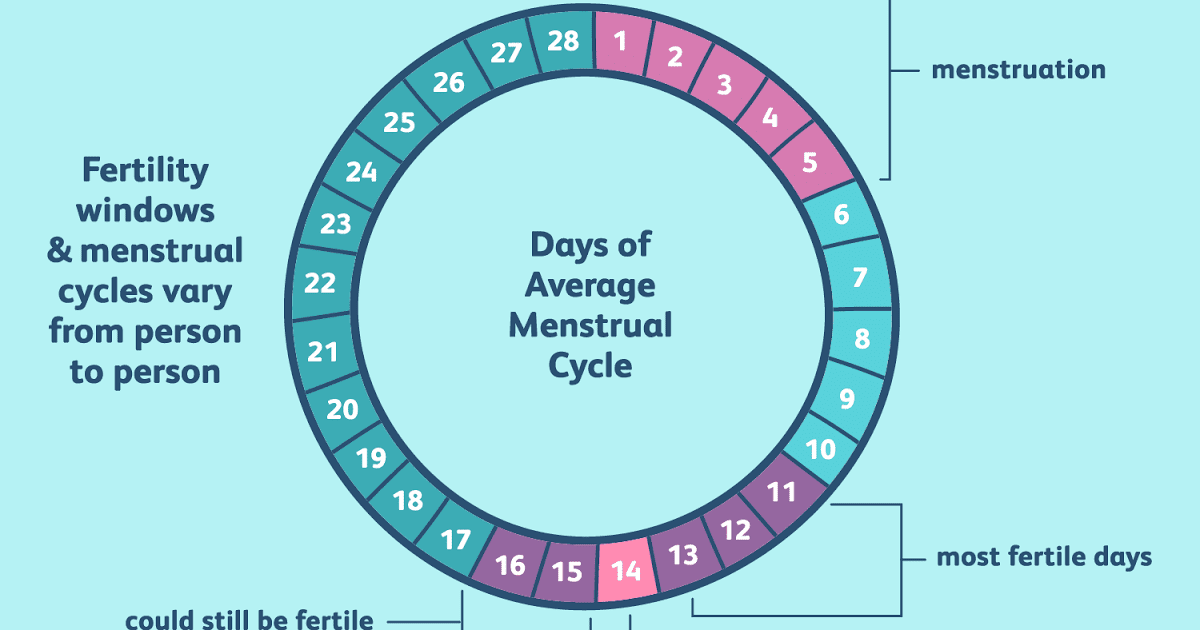 nine0003
nine0003
However, even today the idea that hormones in a woman's body affect her intellectual abilities and mood is firmly entrenched in the mass consciousness. Irritability is immediately explained by PMS, and sexual desire is explained by ovulation.
There is, of course, a good deal of truth in this. Some women do experience a lot of anxiety and irritability before and during their period, and libido really increases during ovulation.
But it is obvious that these symptoms are not always explained by hormonal changes. And most importantly, it is important to remember that the tradition of writing off any health problems as hysteria led to very dangerous consequences. nine0003
Image copyright, Getty Images
Image caption,Some women do experience anxiety and irritability before their period, but on other days of the cycle, hormones have a positive effect on the female body
Skip the podcast and continue
podcast
The main story of the day, as our journalists explain
Issues
End of the podcast
However, much less is known about the fact that hormonal changes during the menstrual cycle improve various types of mental activity.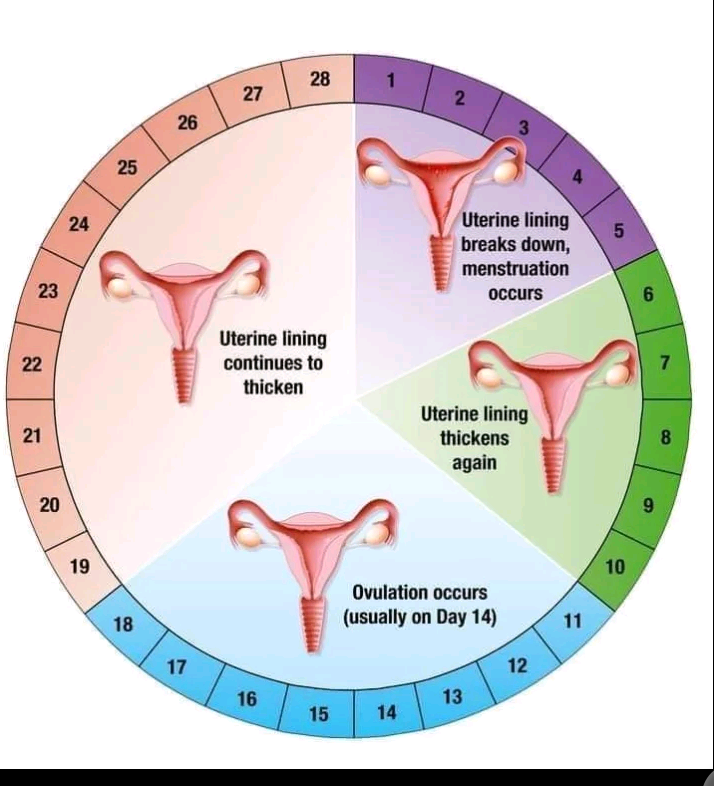 nine0003
nine0003
It turns out that immediately after menstruation, women significantly improve some cognitive skills, in particular spatial orientation. In the third week of the cycle, women peak in communication with others, they are especially good at detecting when others are afraid.
And in other periods of the cycle, the woman's brain even increases in size.
Let's find out what happens in the female body.
Of course, the reason for such changes is not the uterus, but the ovaries, which produce estrogen and progesterone in different amounts during the month. The main task of these hormones is to thicken the inner lining of the uterus and release the egg. But they also seriously affect the mood and behavior of a woman. nine0003
Scientists have been studying the menstrual cycle since the 1930s. This is a surprisingly popular research topic, and because of this, we now know a lot about the effect of the cycle on the female body - from when it is best for women to quit smoking, to the dreams they have on different days of the cycle.
Image copyright, Getty Images
Image caption,Hormone fluctuations - monthly in women and seasonal in men - affect the differences between the male and female brain and a woman, and above all, how different their brains are. nine0003
Scientists have long assumed that the main reason lies in the hormones.
"Women's brains are affected by the menstrual cycle, while men's brains are affected by seasonal fluctuations in testosterone levels," says Markus Hausmann, a neuroscientist at the University of Durham.
Women, for example, have better social skills. They have a more developed ability to sympathize and understand that the worldview of other people may differ from theirs.
They also have better communication skills. This partly explains the fact that boys are four times more likely than girls to be diagnosed with mild forms of autism, while girls are able to mask the symptoms of the disorder.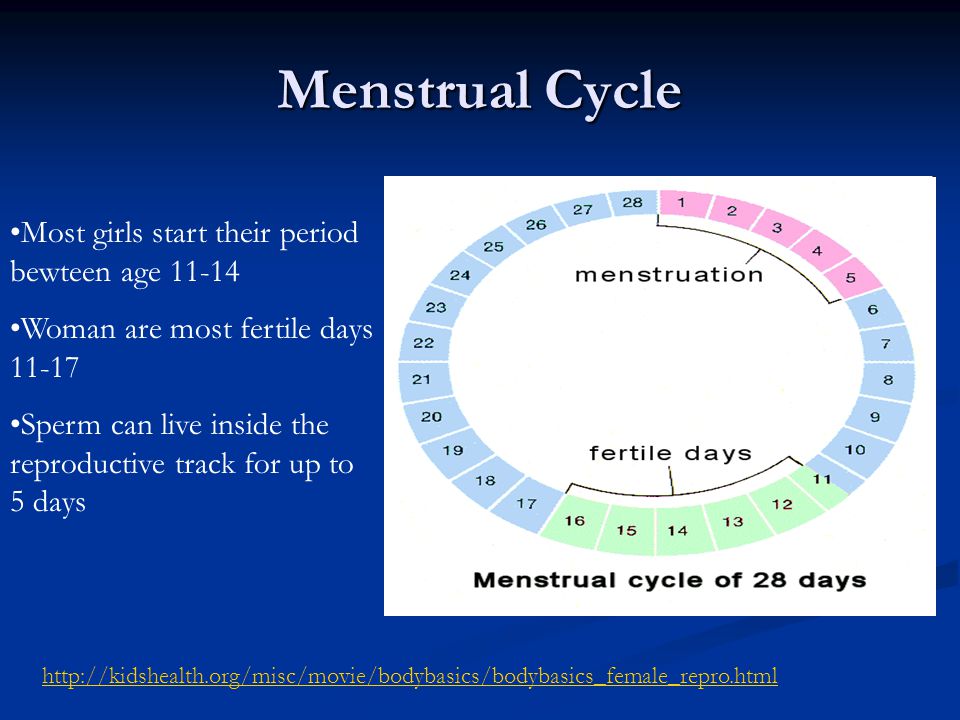 nine0003
nine0003
"Female children begin to speak earlier, women are generally more fluent in language and learn spelling faster," says Pauline Mackie, a psychologist at the University of Illinois at Chicago.
Image copyright, Getty Images
Image caption,Women have better verbal skills than men. Perhaps this is due to evolution, since women must pass on information to their children
This is obviously a consequence of evolution, because mothers, who are able to articulate their thoughts, are better at passing on vital knowledge to their children, for example, about the dangers of poisonous plants. nine0003
But do hormones influence these skills? And to what extent?
Hormonal balance
Back in 2002, researchers found that at the peak of the female hormone estrogen, women performed much worse on spatial reasoning tasks (usually good for men), but performed well on linguistic tasks (in which women usually have an advantage).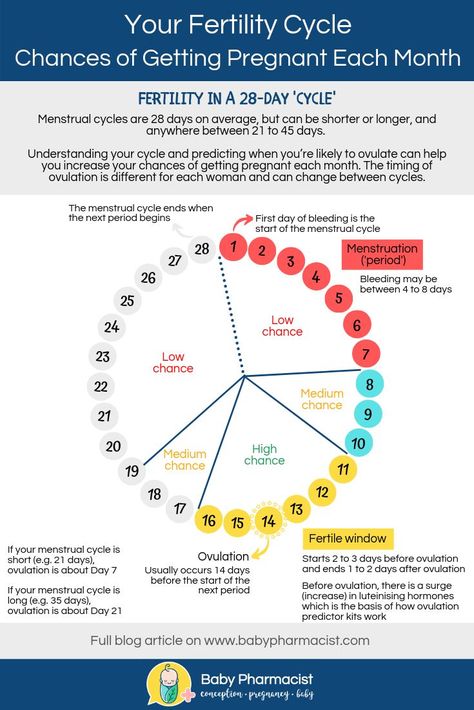 ).
).
When estrogen levels dropped, spatial imagination skills were restored. nine0003
Image copyright, Getty Images
Image caption,High levels of estrogen in a woman's blood impair her ability to solve spatial problems scientists, is very important for the development of communication skills.
"Subconscious memory" manifests itself when we suddenly use in our speech words that are not inherent to us or not entirely clear, which we have recently heard or read. nine0003
Estrogen actively affects two adjacent areas of the brain. The first is the hippocampus, which is involved in storing memories and is very important for social skills. The ability to remember your experiences helps you better understand the motives of other people.
Interestingly, this area of the brain increases every month when the hormone estrogen enters the blood of a woman.
The second area, the amygdala, is involved in the processing of emotions, primarily fear, and helps to make decisions in critical situations.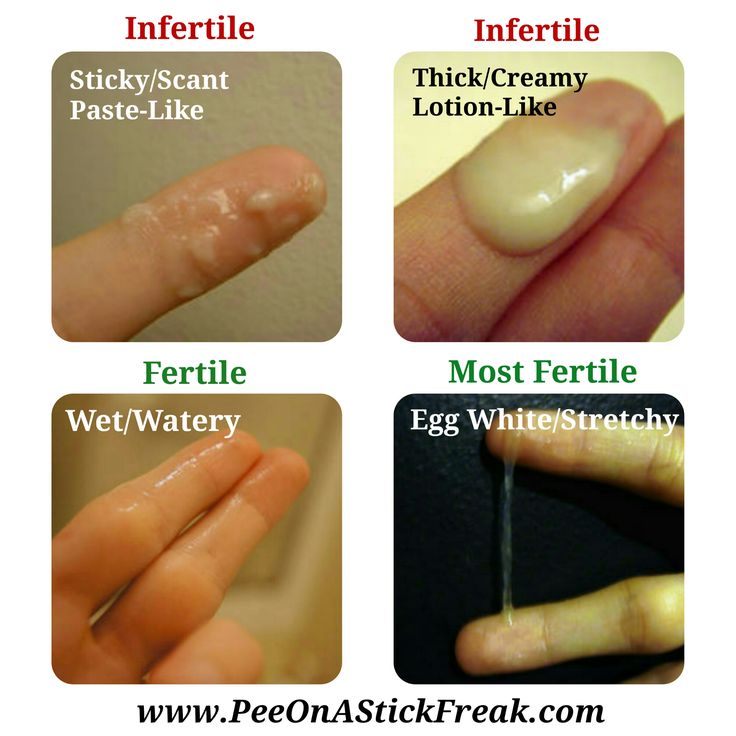 nine0003
nine0003
Image copyright, Getty Images
Image caption,Female hormones improve language skills
It is also very important in communication, as understanding what the other person is afraid of, and reasoning about whether we should be afraid of it, contributes to vision situations from the point of view of the interlocutor.
This ability also allows us to make moral judgments and even lie.
Studies show that the ability to recognize the fear of another person coincides with the peak of estrogen in a woman's body. This is confirmed by the fact that women in general have better social skills than men. nine0003
Psychologist Polina Maki is sure that the influence of the menstrual cycle on our brain is completely random.
Image copyright, Getty Images
Image caption,Estrogen is what makes women more empathetic and sees things from the other person's point of view.
Researchers at one time came to the conclusion that, as if in the period of the greatest probability of fertilization, women prefer men with masculine, symmetrical features.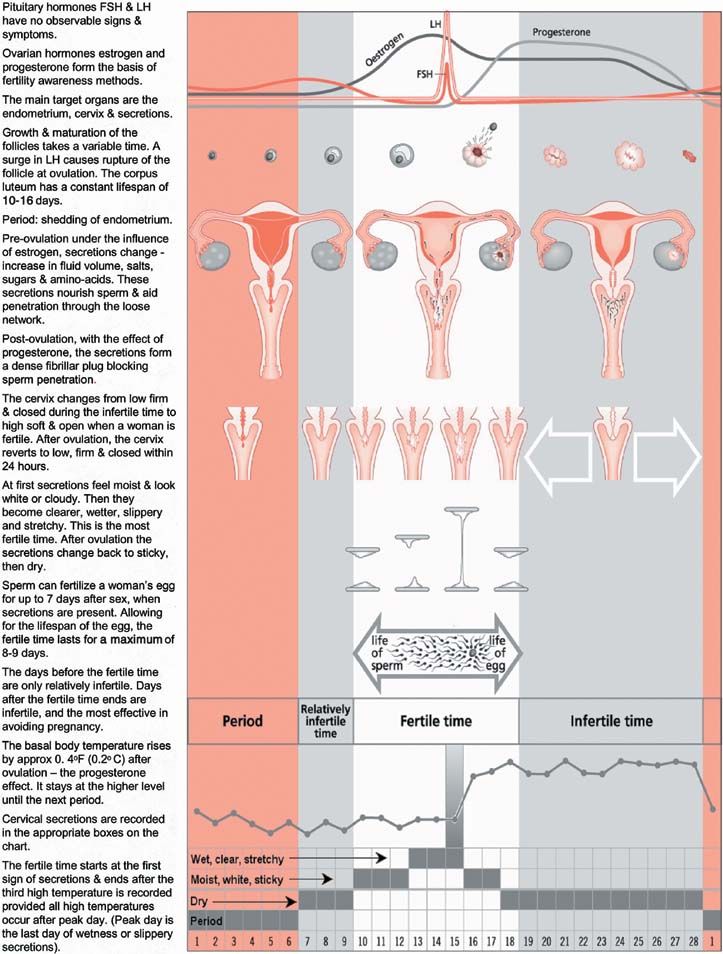 The discovery, of course, received wide publicity. nine0003
The discovery, of course, received wide publicity. nine0003
However, none of the subsequent large-scale studies could confirm this hypothesis.
Girl power
Whatever the reasons for this monthly transformation, the female brain obviously has some other advantages.
So, unlike men, when solving any problem, such as a mathematical problem, women use both hemispheres of the brain.
The distribution of activity between the right and left hemispheres is relatively constant. “This is primarily manifested in the activity of the hands,” explains Markus Hausmann. “For example, if I am right-handed, the language processes in my brain occur predominantly in the left hemisphere.” nine0003
This specialization is no coincidence, as many animals, from fish to amphibians, have similar brains.
Image copyright, Getty Images
Image caption,Women use both hemispheres of the brain more often, which contributes to the flexibility of thinking
Why a woman's brain is smaller is a big mystery.



